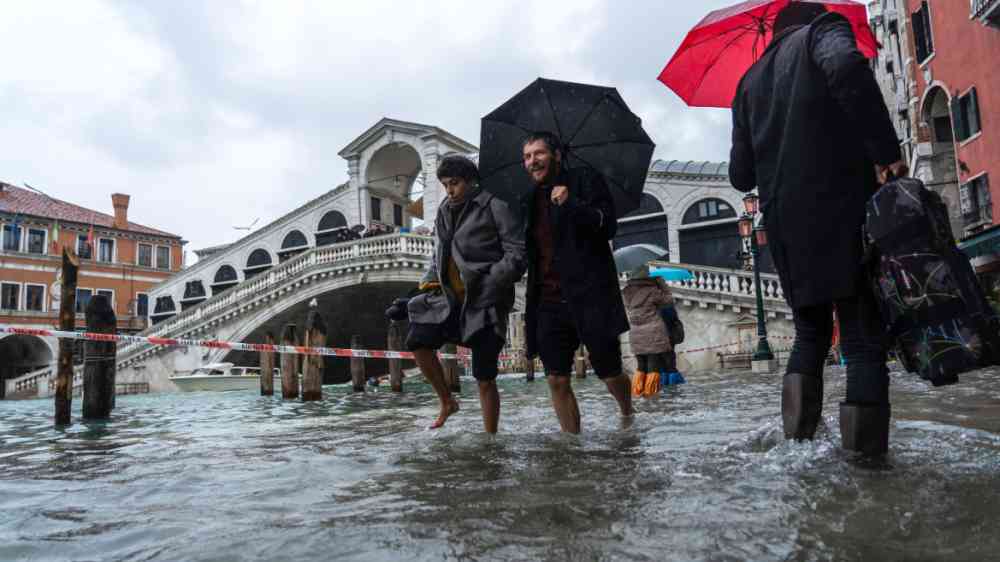Climate risk assessment for the Veneto coastline: Improved evaluation with machine learning

An innovative tool is now available for studying the impacts of extreme weather events on coastlines. This can help both anticipate them and make timely decisions.
From a study involving the CMCC, a prototype was created that, using Artificial Intelligence and Machine Learning, offers decision-makers new opportunities to assess the importance of hazard factors and plan adaptation strategies.
Coastal areas, with their high population density, interconnected economic activities, and fragile ecosystems, are particularly vulnerable to extreme events, which in turn are on the rise due to climate change. However, due to the complex nature of these interactions there is a need for improved methodologies and capabilities for assessing risks.
Among the first studies of its kind, the paper entitled “A machine learning approach to evaluate coastal risks related to extreme weather events in the Veneto region (Italy)” uses Artificial Intelligence (AI) methodologies to estimate risks as a result of extreme weather events along the coastal municipalities of the Veneto region. This offers new insight into how ML models can be employed for environmental and multi-risk assessment under climate change.
Graphical abstract. Source: Dal Barco et al 2024.
“The model developed in the study represents an early prototype decision support tool underpinning climate change risk assessment and the definition of adaptation strategies at the regional scale,” says Maria Katherina Dal Barco, CMCC researcher and lead author of the study.
The ML model developed for this research can be used to estimate the importance of different hazard factors offering insight into their physical drivers and in the process contributing to the implementation of adaptation planning.
In fact, the study found that the main drivers of risk in the Veneto region were total daily precipitation, wind intensity and maximum sea surface height. Furthermore, it showed how the importance of these hazards varied by municipality due to the heterogeneous geographical pattern of the coast.
“This application was aimed to give support to decision-makers in the development of early warning systems and adaptation plans,” explains Dal Barco. “It is necessary to identify the factors that have historically generated these risks, either individually or in combination, and to define, based on the risk score value, whether a sample is at high risk of impact or not. Moreover, given the heterogeneous nature and characterization of the Veneto coastal areas, exposure and vulnerability factors were included in the analysis highlighting the territorial peculiarities that could intensify the effects of extreme weather events.”
A new path to tackle these multi-risk events is offered by ML algorithms as they are able to effectively handle vast amounts of heterogeneous data, and model complex non-linear relationships between multiple factors and feedback mechanisms.
